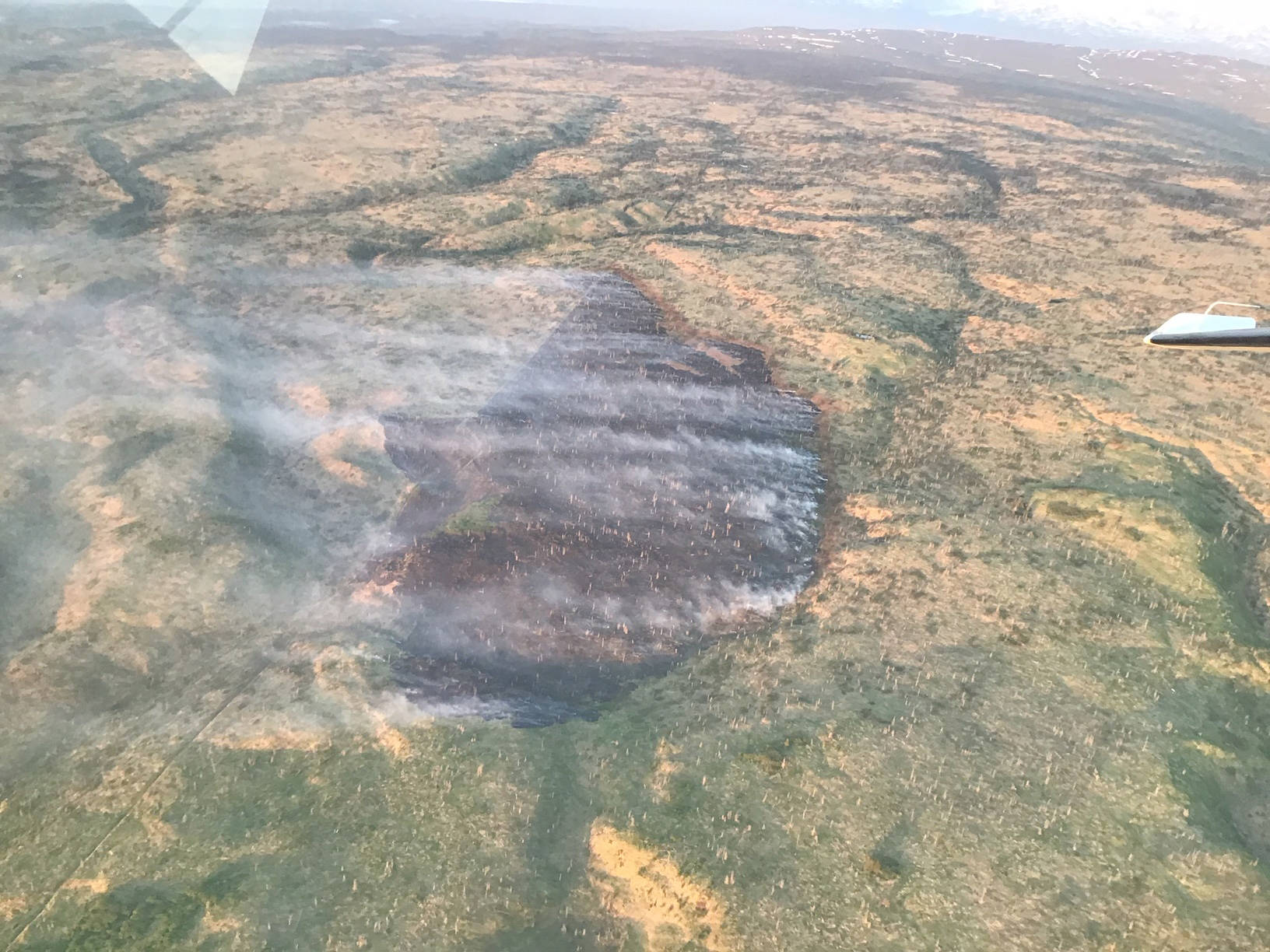I’ve been saying “Wow” a lot lately. A week ago, on Aug. 13, 48 lightning discharges occurred within 300 miles of the North Pole!
The Fairbanks office of the National Weather Service reported this was one of the farthest north lightning strikes in Alaska forecaster memory. These strikes hit the ocean, probably mixed with sea ice, near 85 degrees North. The lightning strikes mean the atmosphere was unstable enough, with sufficient warm and moist air in the lower atmosphere, to give rise to thunderstorms.
This singular event reminded me that this spring, on May 14, there were 16 lightning strikes detected near the mouth of the Yukon River! This just shouldn’t be happening. This is a time of year when, in the not-so-distant past, shore-fast ice on the Bering Sea should be breaking up.
Indeed, lightning is increasing in the United States. A paper published in the journal Science in 2014 showed that for every degree Celsius of warming, lightning strikes will increase 12 percent in the contiguous United States. Based on climate models, this translates to a 50% increase in lightning by the end of this century.
What causes lightning? In one sense, it’s simple — it is the abrupt transfer of electricity between a positive and negative charge in the atmosphere. Cloud-to-cloud lightning is 10 times more common than cloud-to-ground lighting.
But it’s the strikes to the ground that give us heartburn. A lightning bolt heats up the surrounding air 45,000 degrees Fahrenheit — five times hotter than the sun!
Because like charges repel each other, negatively charged ions on the earth’s surface are pushed away, leaving an overall positive charge on the ground beneath a storm cloud. This difference forms an electric field between the ground and the base of the cloud, causing negative ions in the clouds to discharge to the ground, while the positive charges move upward.
In reading an article in Science Trends, I was fascinated to learn that lightning isn’t completely understood. Most lightning strikes are “negative lightning,” when negatively charged electrons move from the cloud to the ground in an overall transfer of negative charges.
But “positive lightning” occasionally occurs when the transfer starts at the top rather than the base of the cloud. These lightning strikes can be up to 10 times stronger than negative lightning strikes.
And lightning and lightning-caused fires do appear to be increasing in our boreal forest. A recent study published in Nature Climate Change found that lightning-caused fires have increased 2% to 5% annually between 1975 and 2015 in Interior Alaska.
During these same four decades, 87 percent of large fires and 95 percent of burned area were caused by lightning. Projecting forward, these researchers’ models suggest that lightning will increase 59% by 2050 to 2074 and result in 55% more area burned in the Interior.
These same researchers state that recent trends toward earlier and warmer springs in high latitudes could contribute to extreme fire years by “earlier and more frequent occurrence of atmospheric conditions conducive to thermal convection, thunderstorm formation and associated lightning resulting a longer period of fire growth; and earlier snowmelt and subsequent fuel drying resulting in higher ignition efficiency and fire spread rates.”
This is a fancy way of saying lightning is going to be a problem in coming years.
Here on the Kenai Peninsula, we are beginning to see exactly that. The big wildfires in the last century were all caused by humans: the 310,000-acre Kenai Fire in 1947, 86,000-acre Swanson River Fire in 1969 and the 200,000-acre Funny River Fire in 2014.
2005 was a big year for lightning-caused fires on the peninsula. Of 54 fire starts that summer, 22 were lightning strikes, including the 10,000-acre King County Creek Fire, 26,000-acre Fox Creek Fire, and the 1,000-acre Irish Channel Fire.
This year started out with a flashy bang on June 5. Five wildfires were ignited by 128 lightning strikes that day on the peninsula. The still-threatening Swan Lake Fire, now 140,000 acres and continuing to grow in our deepening drought, started with a lightning strike. The Tustumena Lake Fire in the Caribou Hills was also started that same day by lightning, but was quickly snuffed out by firefighters because this grassland fire threatened nearby cabins.
Lightning usually occurs later in the summer when there’s enough heat in the atmosphere to form the cloud formations that lead to lightning and thunder. A lightning strike in mid to late summer would not likely cause grass to burn as it should be green and growing then.
But this year’s lightning strike in the Caribou Hills occurred just as the Calamagrostis grass was greening up at that higher elevation, when last season’s now-cured grass could serve as dry and flammable fuel. The Tustumena Lake Fire is the first lightning-caused grassland fire in spring on the Kenai Peninsula!
“Wow” is just another way of saying all of this is unprecedented.
Dr. John Morton is the supervisory biologist at Kenai National Wildlife Refuge. Find more Refuge Notebook articles (1999–present) at https://www.fws.gov/refuge/Kenai/community/refuge_notebook.html.

